The Pamir Highway: A road trip to remember
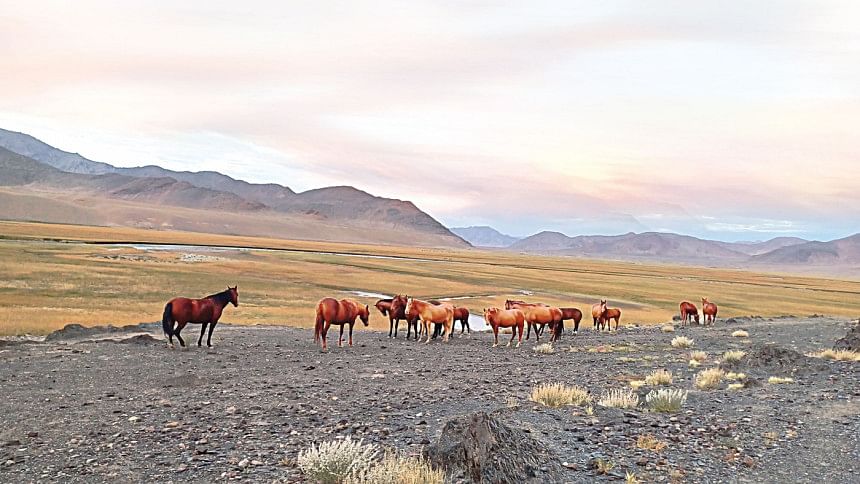
Our journey began with the dream of exploring Central Asia in a motorhome, but time constraints and border challenges reshaped our plans. Initially, we planned to attend the wedding of Baha, a dear Tajik friend and then set off on an adventurous exploration of the iconic M41, also known as the Pamir Highway. From there, our trip would continue across the Black Sea to Azerbaijan, followed by explorations of Armenia and Georgia, before flying back to the UAE. Now in the second leg of our tour, let us take you through our 8-day road trip along the M41, a legendary route spanning Afghanistan, Uzbekistan, Tajikistan, and Kyrgyzstan—famous for its perilous paths and stunning vistas.
We planned our itinerary to see as many attractions as time allowed. Having spent a decade living in Afghanistan for work, we decided to skip it on this trip.
The M41, once a part of the ancient Silk Road, stretches over 1,200 km through the rugged Pamir Mountains. While its starting point is debated -- some say it starts from Mazari Sharif, Afghanistan and some say from Dushanbe, Tajikistan -- all agree it ends in Osh, Kyrgyzstan.
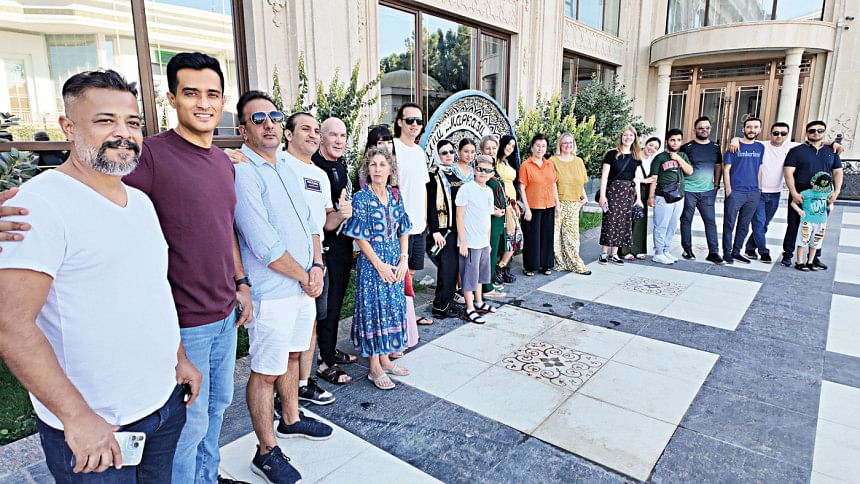
A Tajik Wedding
Our journey commenced in Mombasa, Kenya, on August 14, 2024. After a 5-day layover in Dubai for visa arrangements, we touched down in Dushanbe, Tajikistan, on August 20, 2024. We explored the rich National Museum, strolled along Ismail Somoni Avenue, and spent time in Rudaki Park. We marvelled at the grandeur of the 2500-year-old Hisor Fortress.
On August 23rd, we left Dushanbe for Khujand, an 189-mile drive through the Hissar Valley. The journey was an adventure in itself, filled with long tunnels, breathtaking mountain views, and historic landmarks.
In Khujand, we attended Baha's wedding -- a traditional Tajik affair filled with music, dancing, and a feast of local delicacies like plov, surbo, meats, and sweets. It also highlighted the deep traditional values. We also roamed the area with the newlywed, visiting a fortress, and museum, enjoying local cuisine. The boat ride on the Khujand river and embracing the warmth and joy of the locals were an incredibly enriching experience.
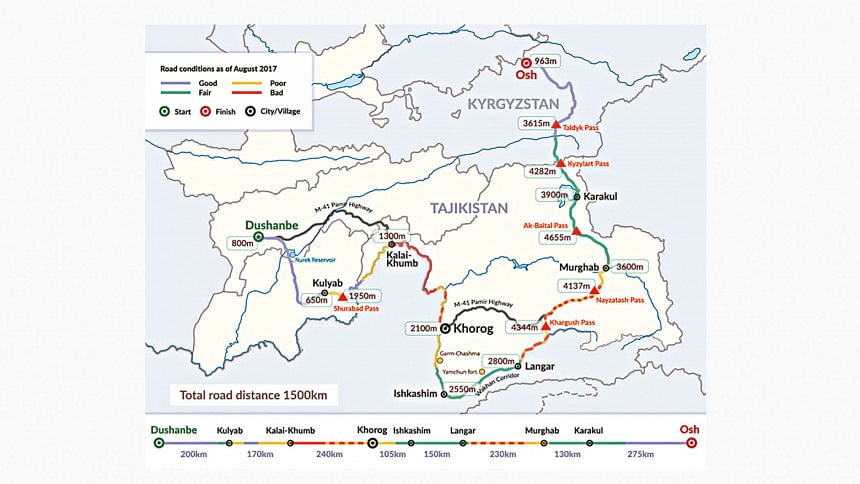
Getting the permits
As the world's second-highest international road, the Pamir Highway in its present form was built for military purposes during the 19th century's "Great Game" between Russia and Britain. During the Soviet Union era in the 1930s, the road was further improved and extended.
We opted to hire a private car and driver, which allowed flexibility for stops along the way. With our GBAO permits in hand -- a requirement for travelling through the autonomous Gorno-Badakhshan region—we set off.
We made ten copies of our permit and passport for checkpoints. The GBAO permit can be obtained from the Dushanbe OVIR office for $10. We also needed a cross-border permit to enter Kyrgyzstan, which our rental car company arranged for $15.
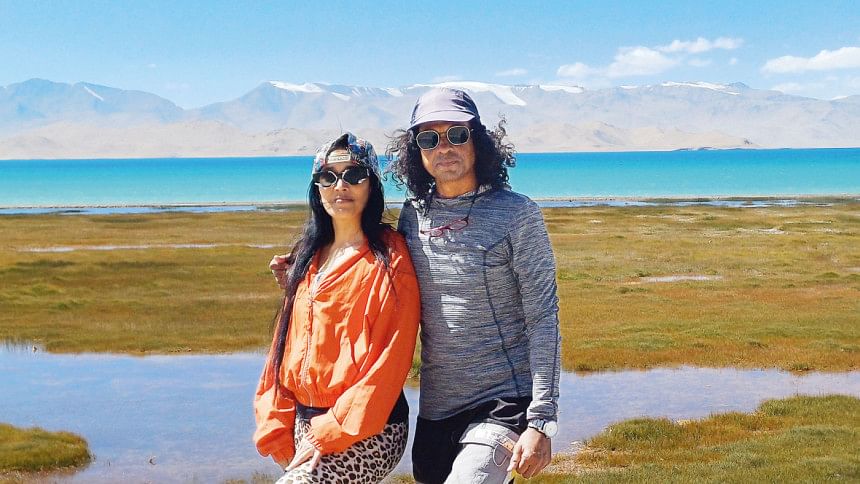
Day 1: Dushanbe to Kalai Khumb
Day one took us from Dushanbe to Kalai Khumb. As we left the city, the landscape quickly shifted to stunning views of towering mountains and lush valleys. Our first stop was the Nurek Reservoir, formed by the once world's second-tallest Nurek Dam, supplying power and water to Dushanbe. After capturing its beauty, we continued to Kulob. With a detour, we got the chance to explore Hulbuk fort and the museum. We also visited the enchanting Childukhtaron Valley, known for its unique rock formations.
The descent into Kalai Khumb was marked by the dramatic appearance of the Panj river, which forms the border between Tajikistan and Afghanistan. From the mountain road, we could see Afghan villages across the river.
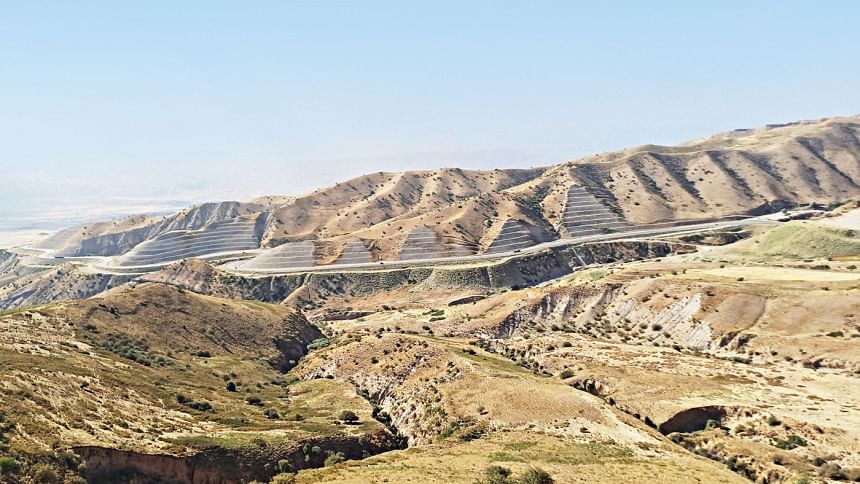
For those interested in this trip, this section of the highway's speed limit is strictly 60km/hour and any violation might result in hefty fines.
We spent the night at the Roma Guest House, a popular choice among cyclists and bikers located near the riverbank. After exploring the city and having a leisurely dinner, we slept early, as we had to depart at 3:00am for our next destination.
Day 2: The treacherous road to Khorog
The next day's drive to Khorog, the capital of Gorno-Badakhshan, was one of the most challenging days of the trip. Starting well before dawn to avoid road closures due to construction work, we found ourselves on a narrow, mountain-hugging road in near darkness. The rough driving to save some time added to our discomfort on such a risky road, where an error could have been fatal. We breathed a sigh of relief when we finally arrived in Khorog unscathed.
Khorog, a tidy urban centre nestled amidst towering mountains, was a pleasant surprise. A charming river a lush central park and the well-educated, English-speaking residents -- a rarity in this region -- added to its charm. Our homestay, a traditional Pamir house, was surprisingly well-equipped with modern amenities like hot showers, decent breakfasts, and Wi-Fi. However, the town has a problem with stray dogs. Dog bites, according to locals, are a common occurrence in the area.
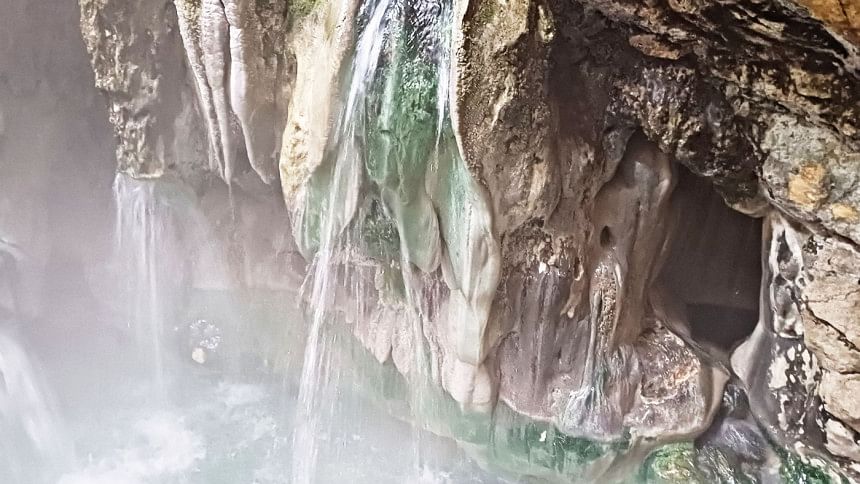
Day 3: Wakhan Valley ( Khorog to Langar)
Instead of staying strictly on the Pamir Highway, we veered into the Wakhan Valley, a region bordering Afghanistan.
Along the way, we visited ancient fortresses and the mystical Bibi Fatima Zohra Hot Spring. The spring is considered a sacred site and locals believe emerging in it enhances female fertility. Located near Yumchum village, the hot springs only allow women to immerse in it. The pool, surrounded by stalactite-covered rocks, creates a mystical atmosphere. Local women guided me through a fertility ritual, splashing hot water onto my body. Intrigued, I followed another woman into a small cave, just big enough for one person, and fully immersed myself, making the experience even more memorable.
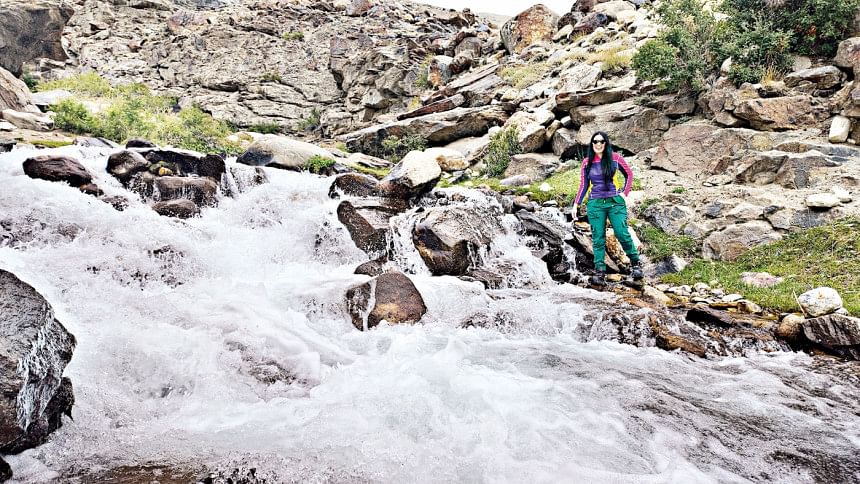
Day 4: The coldest town in Central Asia (Langar to Murghab )
After an overnight stay in Langar, we continued our journey to the remote village of Bulunkul, famed as one of Central Asia's coldest inhabited places. Temperatures here can plummet to -63°C, a fact we felt keenly during our visit to the Bulunkul Lake. Despite the cold, the beauty of the region was undeniable.
As we couldn't find a homestay, we decided to head towards Murghab in the evening after visiting a nearby village named Alichur.
En route to Murghab, we were lucky enough to spot two adult snow leopards and their cubs playing in the wild. It was a breathtaking moment and one of the highlights of the entire trip.
Murghab, at 3,650 meters above sea level, is the highest town in Tajikistan. Here we we stayed at Rasoli, a homestay.
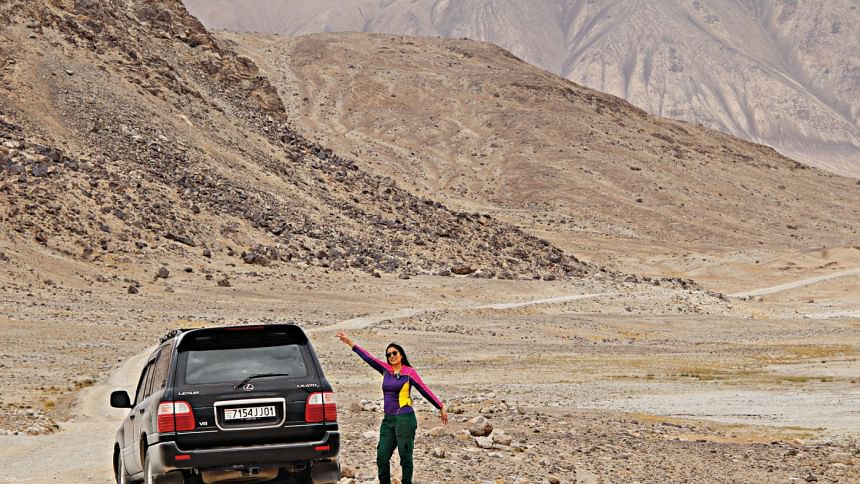
Day 5: The meteorite lake (Murghab to Lake Karakul)
As we ascended towards Lake Karakul, the landscape grew more surreal. Snow lined the road as we passed through the Ak-Baital Pass, the highest point of the Pamir Highway (4,655 meters). Formed by a meteorite impact around 25 million years ago, the lake has a crater rim of 45 kilometres in diameter. As it has no outlet, Karakul has become saline over time due to evaporation, resulting in the absence of visible marine life.
That night we stayed in a traditional yurt, enjoying the hospitality of the local villagers.
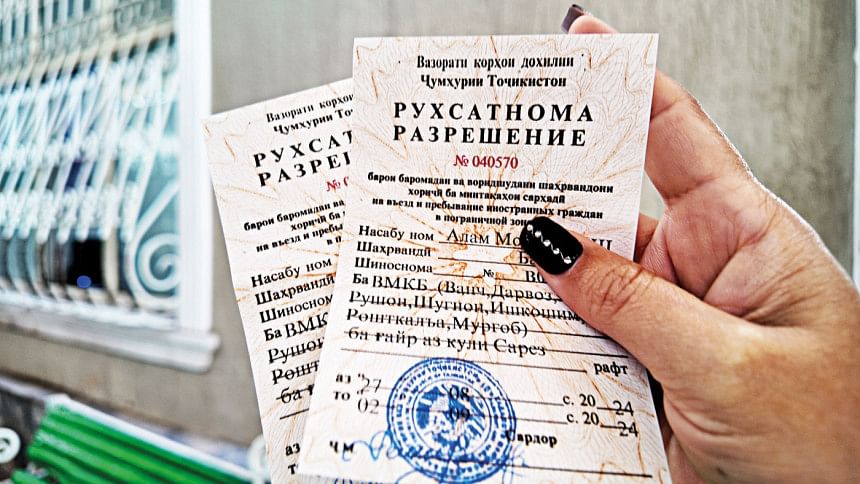
Day 6: Border Crossing (Karakul- Sarytash border)
We departed Karakul early in the morning to cross the border into Kyrgyzstan. The two borders are separated by a 25-kilometre no-man's land and a 4,280-metre high Kyzylart Pass. The Kyrgyz side of the border was more organised, with lush grasslands contrasting sharply with the harsh mountains of Tajikistan.
Day 7: Lenin Peak (Border to Tulpar Kul lake)
On our way to Tulpar-Kul Lake, we had lunch at the Sary Mogol, a village surrounded by snow-capped mountains. Reaching the crystal-clear lake, we stayed at a picturesque yurt camp. From there, a trail crosses a river before ascending to the base camp of Lenin Peak (7,134 meters), the highest mountain in the Alay Range.
We experienced our first snowfall of the trip during the night, and the temperature at 3,500 meters was notably cold. We went to bed early after having a hearty dinner made by the yurt owner's wife. The following day, our destination was Osh.
Day 8: The final destination (Tulpar Kul Lake to Osh)
We went back to Sary-Mogol, switched vehicles to four-wheel drive, and headed towards Kyrgyzstan's second-largest city, the final destination of our road trip.
As we neared the end of our journey, we reminisced about the unforgettable experiences on the Pamir Highway.
Expenditures
The cost of travelling the Pamir Highway can vary significantly based on travel style and preferences. Here's a sample breakdown of potential costs for an 8-day trip, assuming you're camping, renting a car, and eating a mix of local food and restaurant meals:
Accommodation: $140 per person
Transportation: $700 per person (renting a car with a driver)
Food: $210 per person
Activities: $100 per person
Other costs: $200 per person (including entrance fees, permits, and souvenirs)
Average total cost: $1,350 per person for an 8-day trip.

 For all latest news, follow The Daily Star's Google News channel.
For all latest news, follow The Daily Star's Google News channel. 

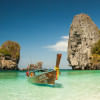
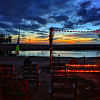


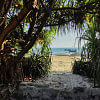

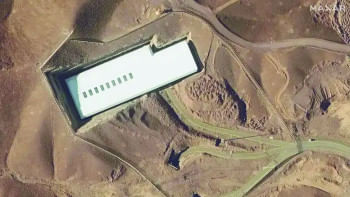
Comments